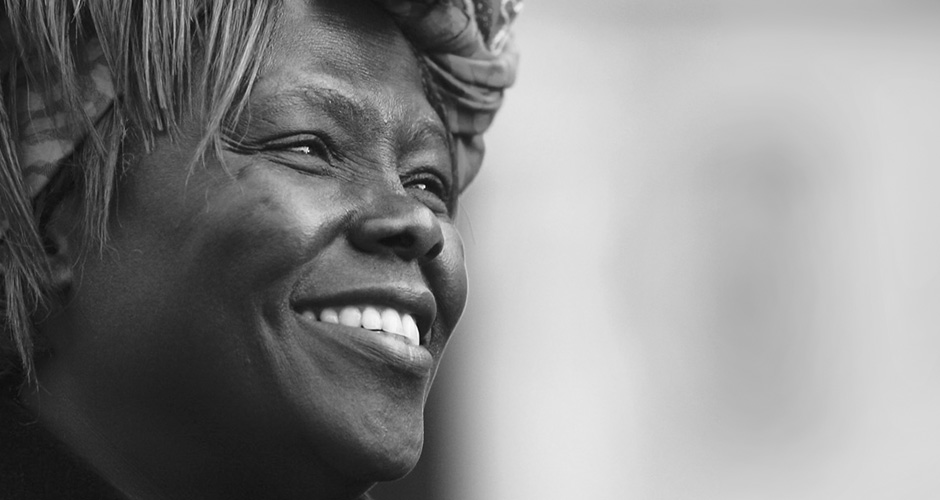Assasination
In January 1992, Wangari Maathai became aware that she was among the list of pro-democracy activists that were targeted for assasination. She barricaded herself in her home but was forcefully arrested by the police and charged with spreading malicious rumours about the government. This issue was brought to the attention of different international organisations, seeing for justification for the charges against pro-democracy activists. They even threatened with the relationship between Kenya and US.
Release of Political Prisoners
Under the ruling of autocratic leader with a single-party rule, Daniel arap Moi, any opposing voice was silenced by interrogation, imprisonment and torture. Moi had faced increased national and international pressure to re-introduce fair, multi-party elections.

Imgsrc: https://www.marlboroproductions.com/movies/roots.html
In February 1992, Green Belt Movement lent its support to the mothers of the political prisoners with Maathai and other taking part in a hunger strike in Uhuru Park, forming the ‘Freedom corner’. Professor Mathaai was criticised and yet again denounced by the President, being called a “mad woman” and “a threat to the order and security of the country”.

Wangari Maathai in coma after being beaten – Imgsrc: Screen cap from Taking Root ( https://www.youtube.com/watch?v=XazNhaKiPRk)
The government forcibly dispersed the demonstrators through violence. Maathai was beaten into the coma and had to be hospitalised. This made it to the newspaper headlines, causing uproar across the nation and criticism internationally.
The protest ended in early 1993 with the prisoners being released.
<The government and the environment Jubilee 2000 Africa Campaign>

